Your Call?
Which of today’s four featured images do you find most interesting? Why?
Please Note
As only two folks left comments at the last blog post, I responded to them here.
What They Said About San Diego
Colleen O’Connor, the Irish Lass, unsolicited via e-mail
Artie–Thank you for … everything you taught me. It was the single most impactful learning experience in my life. I hope to join another IPT in 2025 to reinforce and build upon what I learned in San Diego. All the Best — Colleen
ps: Wow! The optimization videos are terrific; thank you for taking the time to do them. So much learning to be had. I’ve looked at two and am very excited.
Warren Robb, USN retired fighter pilot, via blog comment
Observing and photographing the amazing pelicans at La Jolla was great fun and a personally rewarding experience. Your expert guidance on first “seeing the shot” and then on the mechanics of capturing a sharp, properly exposed, well designed image with the right gear was invaluable. Thank you Artie for another great IPT. Warren
Adrian Whitchelo-Scott, unsolicited via e-mail
Good morning Artie, A huge thank you for an outstanding IPT. I learned a great deal from your wisdom and knowledge, from exposure to choosing the ideal shutter speed and so much more. Kindly extend a thank you to Bob for taking on the task of driving us around and lots more. I hope to participate in another IPT in the future. In the meantime, I will be watching my sun angle! Be well, (Yo) Adrian
Vasili Chernishoff, unsolicited via e-mail
I wanted to thank you again for such a fantastic learning experience; The San Diego trip exceeded my expectations, and I truly appreciate everything I gained from the workshop. I’m already looking forward to several more in Florida! Vasili
What’s Up?
Note: three of the six San Diego participants have already signed up for another IPT! If you would like to learn about changing your life by joining me in San Diego for the 2026 San Diego AirBnB IPT experience, please get in touch via e-mail or shoot me a text to 863-221-2372. No rental vehicle needed!
On Friday, Bob Eastman and I headed early to Lakeland. With overcast and fog, our first stop was Circle B Bar Preserve. We walked three miles and created only a few hopelessly bad images. Next stop was Lake Morton. The American White Pelicans were finally in. We also had a male Redhead and lot of flying Double-crested Cormorants. We stopped in Winter Haven so that Bob could pick up 10 pounds of fresh tuna from Fish Store Mike to freeze and bring back to Wisconsin after he drops me at the airport early on Monday morning for my flights to Anchorage. He should be home by Wednesday.
On Saturday evening, we drove around for about 30 minutes with nothing to shoot. That despite the fact that a lovely orange-red sunset was shaping up. Then, for no reason at all, I picked a spot and said, “This should do it.” In the last five minutes before the sun disappeared the following showed up:
1- A Bald Eagle harassed an Osprey and eventually wound up with the fish. All of that occurred in the color.
2- A large flock of Cattle Egrets that had been flying as it usually does just above the surface of the lake, made a u-turn, then made another u-turn and flew through the color and right in front of the sun.
3- Then, a Great Blue Heron flew through the brightest color and passed right in front of the sun.
After 42 years of bird photography, I have an uncanny knack for putting folks in the right spot at the right time.
It is very early on Saturday 8 February 2025. Though I have been thinking a lot about packing, I have yet to put a single thing into either of my checked bags. So, I have lots to do on Saturday. After, of course, we get back from a short morning photo session down by the lake. Whatever you opt to do, we hope that you too choose to have a great day.
If an item — a Delkin flash card, or a tripod head — for example, that is available from B&H and/or Bedfords, is also available in the BAA Online Store, it would be great, and greatly appreciated, if you would opt to purchase from us. We will match any price. Please remember also to use my B&H affiliate links or to earn 3% cash back at Bedfords by using the BIRDSASART discount code at checkout for your major gear purchases. Doing either often earns you free guides and/or discounts. And always earns my great appreciation.
Supporting My Efforts Here
If you enjoy and learn from the blog, are all set for gear, or live overseas, consider leaving a BAA Blog Thank You Gift here.
If you enjoy and learn from the blog, please consider using one of my affiliate links when purchasing new gear. It will never cost you a single penny. To support my effort here, please order from B&H by beginning your search here. Or, click here, to order from Bedfords and enter the discount code BIRDSASART at checkout to receive 3% cash back to your credit card and enjoy free Second-Day Air Fed-Ex shipping. It is always best to write for advice via e-mail.
In many cases, I can help you save some serious dollars. And/or prevent you from purchasing the wrong gear from the wrong shop.
Should You Upgrade to or Purchase a Sony a-1 ii?
I ordered my second a-1 ii two days ago. Every day that I use mine, the more I am amazed by speed and accuracy of the Bird Face-Eye tracking in AF-C and the overall performance of the camera.
Aside from the improved ergonomics as compared to the a-1, other nice features include the fact that the rear screen tilts both ways. Pre-capture will surely prove to be a plus while in my option, the Speed Boost feature is a total waste for bird photography. In addition, the resolution on the rear monitor has been improved dramatically. Not to mention at Bird Face-Eye tracking on the a-1 ii is vastly improved as compared to both the a-1 and the a9 iii and that the 51MP files are to die for. And don’t forget the Pre-Capture feature!
So, the big question is, is the a-1 ii “worth” a gear upgrade. Remembering that I can never know whether or not something is worth it to you, I can say that I was not floored when using my a-1 ii. The differences between the a-1 ii and the original a-1, are neither huge nor eye-opening. The huge difference between the new camera body and the a9 iii is, of course, the 51MP a-1 raw files (as compared to the 24MP files rendered by the a9 iii).
With the price of a new a-1 having recently dropped $1500.00 to $4,998.00, the decision for new Sony buyers is a very tough one. The a-1 ii sells new for $6,498.00. And the price of used a-1 bodies will continue to drop (but surely not as much as I had thought before using the a-1 ii).
If you do purchase an a-1 ii, be sure to use one of my two affiliate links so that you will receive my a-1 ii settings (in the form of a CAMSEa1ii.DAT file), the Buttons and Dials Guide, and an Info Sheet. Folks who do not purchase their new a-i using my B&H link or from Bedfords here and entering the BIRDSASART discount code at checkout will be able to purchase the a-1 ii guide for $227.43. If you are at all confused and do not want to screw up your order, please get in touch via e-mail.
|
|
|
This image was created on 14 January on the 2025 San Diego Extended AirBnB IPT. Standing at full height, I used the Robus RC-5570 Vantage Series 3 Carbon Fiber Tripod/Levered-Clamp FlexShooter Pro-mounted Sony FE 600mm f/4 GM OSS lens with the Sony FE 1.4x Teleconverter, and The Latest Greatest Sony Flagship Body, the a1 II Mirrorless Camera. The exposure was determined via Zebras with Exposure Compensation on the thumb dial. Multi-metering +1.0 stop. AUTO ISO set ISO 3200: 1/3200 sec. at f/5.6 (wide open) in Shutter Priority mode. AWB at 8:59:44am on partly sunny morning. Tracking: Spot XS/AF-C with Bird-Eye/Face Detection performed perfectly. Click on the image to enjoy the larger, inexplicably sharper high-res version. Image #1: California Sealion riding wave |
I’ve spent hours trying to create images like this. Without very much success at all. On Tuesday the 14th, I tried for two minutes, using the technique that I had taught to the those in the group who wanted to try: Shutter Priority mode + 1v stop with AUTO ISO. I know that I nailed this one right off the bat so I went back to concentrating on birds.
|
|
|
This image was created on 20 January on the 2025 San Diego Extended AirBnB IPT. Standing at full height, I used the Robus RC-5570 Vantage Series 3 Carbon Fiber Tripod/Levered-Clamp FlexShooter Pro-mounted Sony FE 600mm f/4 GM OSS lens with the Sony FE 1.4x Teleconverter, and The Latest Greatest Sony Flagship Body, the a1 II Mirrorless Camera. The exposure was determined by Zebras with ISO on the rear wheel. ISO 1000: 1/3200 second at f/5.6 (wide open) in Manual mode. AWB at 7:43:41am on a sunny day. Tracking: Zone/AF-C with Bird-Eye/Face Detection performed perfectly. Click on the image to enjoy the larger, inexplicably sharper high-res version. Image #2: Western Gull preening primary feathers |
The Spotlit Effect
With the sun making its way through a group of tall palm trees and spotlighting a single adult Western Gull on a nice pedestal perch, going vertical was the obvious choice. Exposing for the whites was easy using Zebra technology and left the dark rocks close to black. The preening pose was the cherry on top.
|
|
|
This image was created on 24 January 2025 on a San Diego In-the-Field session. Standing at full height, I used the Robus RC-5570 Vantage Series 3 Carbon Fiber Tripod/Levered-Clamp FlexShooter Pro-mounted Sony FE 600mm f/4 GM OSS lens with the Sony FE 2x Teleconverter, and The Latest Greatest Sony Flagship Body, the a-1 II Mirrorless Camera. The exposure was determined by Zebras with ISO on the rear wheel. ISO 640: 1/32,000 second (not a typo) at /8 (wide open) in Manual mode. AWB at 5:15:36pm right at the time of sunset over the Pacific Ocean. Focused on the horizon and then turned AF off. Click on the image to enjoy the high-res version. Image #3 The Green Flash |
The Green Flash
Google AI Overview
The green flash is a brief, green flash of light that occurs at sunrise or sunset when the sun is disappearing or rising above the horizon. It’s a meteorological optical phenomenon that happens when sunlight disperses through the atmosphere, similar to a prism. The sun’s light disperses through the atmosphere as it sets or rises and the atmosphere acts as a prism, allowing only green, blue, or violet light to reach the viewer’s eye. The green flash is a result of the light reacting with the sky at the right angle. Green flashes are more common over water sunsets because the water heats the air, creating greater thermal contrast. They can be seen regularly on the Pacific horizon.
Key West, FL is supposed to be a great place to see the green flash. If you are not too drunk. I’ve never been. I have tried without success to photograph the green flash on the west coast of Florida as the sun sets over the Gulf. Image #3, over the Pacific, is my most successful attempt ever.
|
|
|
This image was created on 21 January 2025 on an In-the-Field Workshop at La Jolla, CA. Standing at full height, I used the Robus RC-5570 Vantage Series 3 Carbon Fiber Tripod/Levered-Clamp FlexShooter Pro-mounted Sony FE 600mm f/4 GM OSS lens with the Sony FE 1.4x Teleconverter, and The Latest Greatest Sony Flagship Body, the a1 II Mirrorless Camera. ISO 800. The exposure was determined by Zebras with ISO on the rear wheel: 1/4000 second at f/5.6 (wide open) in Manual mode. RawDigger showed that the exposure was perfect. AWB at 8:08:48am on sunny morning. Tracking: Zone/AF-C with Bird-Eye/Face Detection performed perfectly. Click on the image to enjoy the larger, inexplicably sharper high-res version. Image #4: Royal Tern braking to land |
Higher Standards for Flight Photography
With the speed and accuracy of Bird Face-Eye tracking on the latest mirrorless camera bodies surpassing anything we ever dreamed of, the bar keeps being raised higher and higher. I created many, many thousands of images of Royal Terns in flight. All but a small handful were razor sharp on the bird’s eye or eyes. I kept less than 1% of them. Why so few keepers and so many in the trash bin?
1- Poor, uneven backgrounds.
2- Harsh shadows.
3- Less than perfect and/or uninspiring flight poses and wing positions.
4- Less than perfect subject to film plane orientation.
5- Off angled or uneven lighting.
6- Underwing shadows.
7- Distracting birds in the background.
8- Clipped wings or poor framing.
I had many keepers with pure white breaking wave backdrops. The background for Image #4 was the dark, almost black face of a cresting wave.
Typos
With all blog posts, feel free to e-mail or to leave a comment regarding any typos or errors.

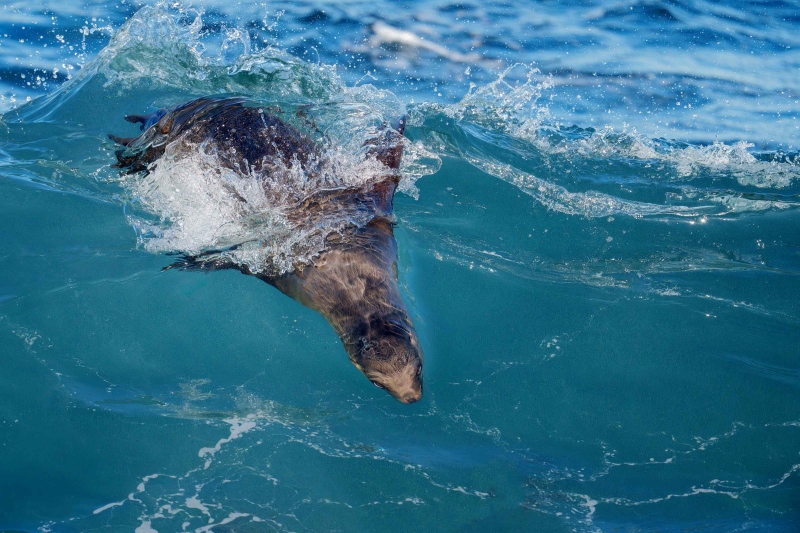
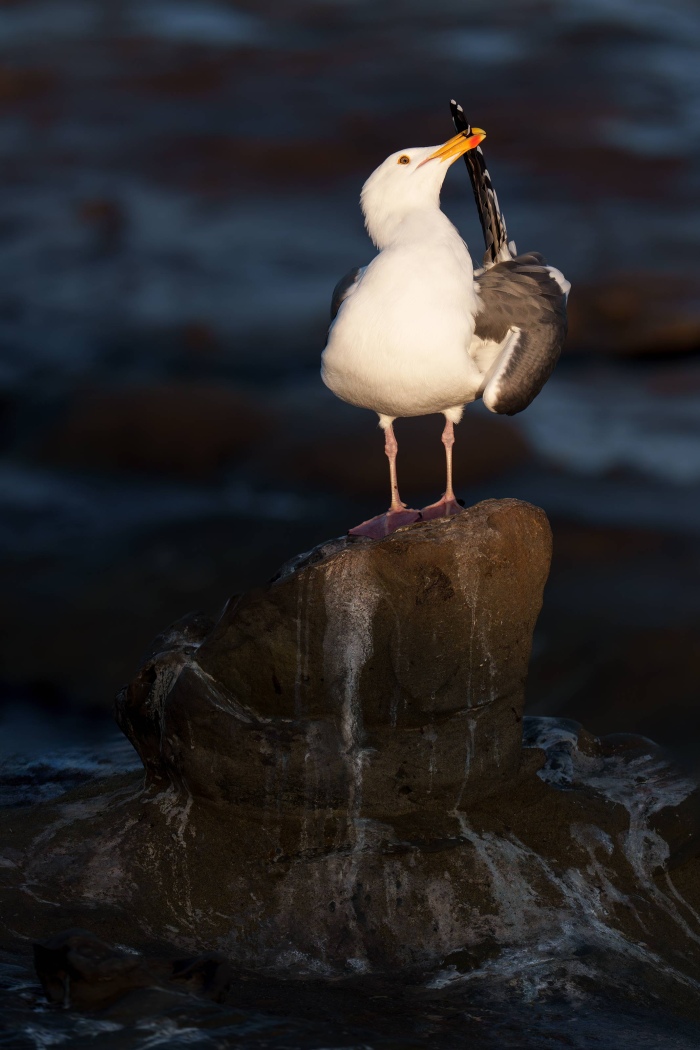
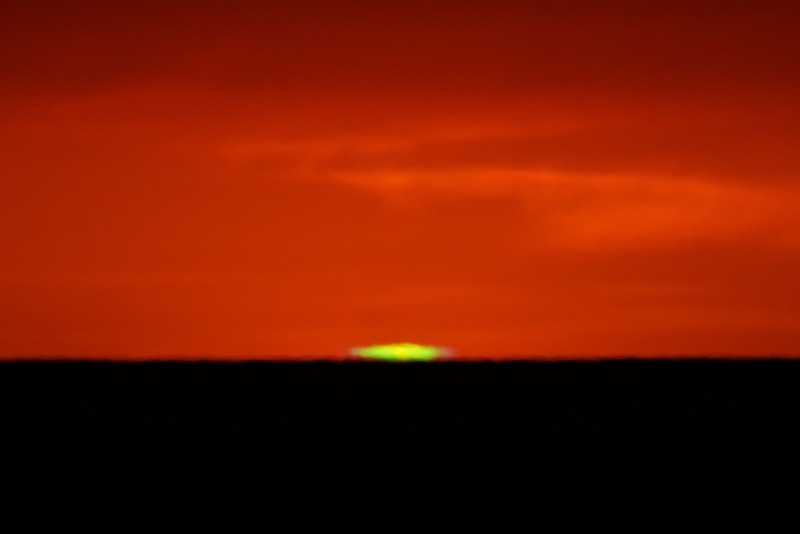
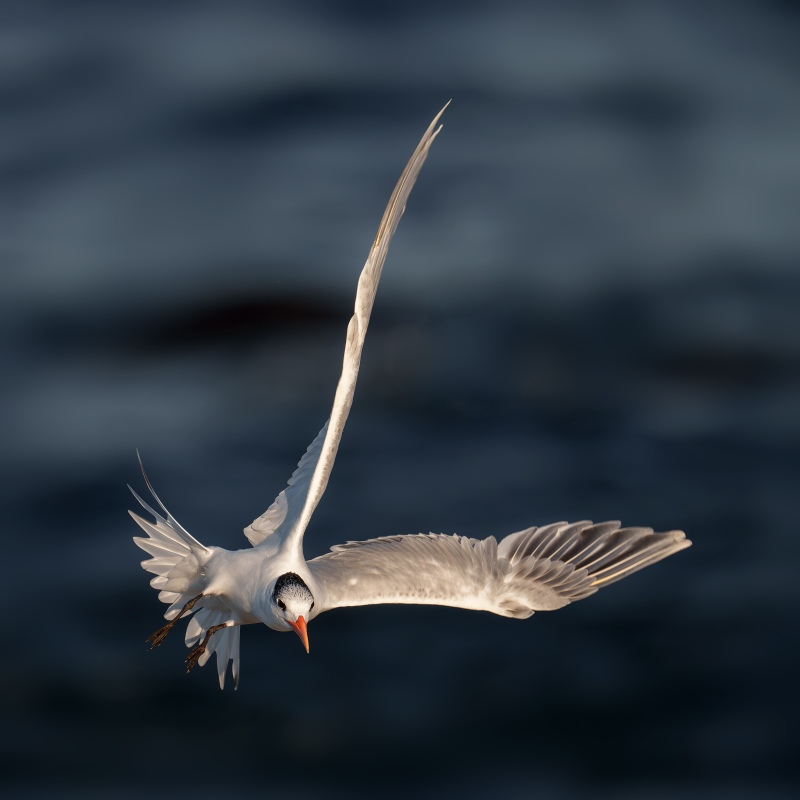









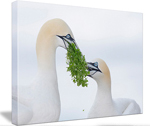



For me, the most interesting was the green flash because it is rarely photographed. Many folks believe that it is simply a myth.
Next up for me as far as interesting is the surfing sea lion because it too is rarely photographed. I cannot believe the sharpness and detail on the pinniped’s (underwater) face.
Thanks to all who commented.
a, at the airport much too early
My pick is #4. Love the colour tones.
As an Australian, Image #3 Green Flash – grabbed most attention. However not the green – just “Google” – Australian Aboriginal Flag. That image IS Australia for first nations people here. It smacked me right in the eye!
Hi, Artie. Today’s criterion for judging–most interesting–is unusual and not easy to apply, because I get distracted by the more-obvious criterion, most pleasing, sometimes stated as strongest. Anyway, I suspect the most interesting is image 3, the green flash, because the green flash is hard to see and hard to photograph (I’ve seen three and photographed none), but it’s the least pleasing to me. Probably the winners for me would be 1 (sea lion) and 2 (preening) as both interesting and pleasing.
I especially like the Royal Tern. Have also tried many times without success to photograph the green flash off Florida’s west coast. Nice capture. BTW, (legacy) Topaz Denoise plug-in no longer works on my Mac, so have been using Photo AI to reduce noise and then as necessary Sharpen AI, which still works.
Love #2. Preening poses are a favorite of mine and the spotlight effect makes this one.
I’ve heard about the green flash before but never seen it. Nice capture!
Royal tern for me. the long graceful wing is eye-catching. the spot-lighted bird is great too.
I like the Royal Tern best, the Sea Lion 2nd. The lighting on the Tern makes it stand out from the dark background.